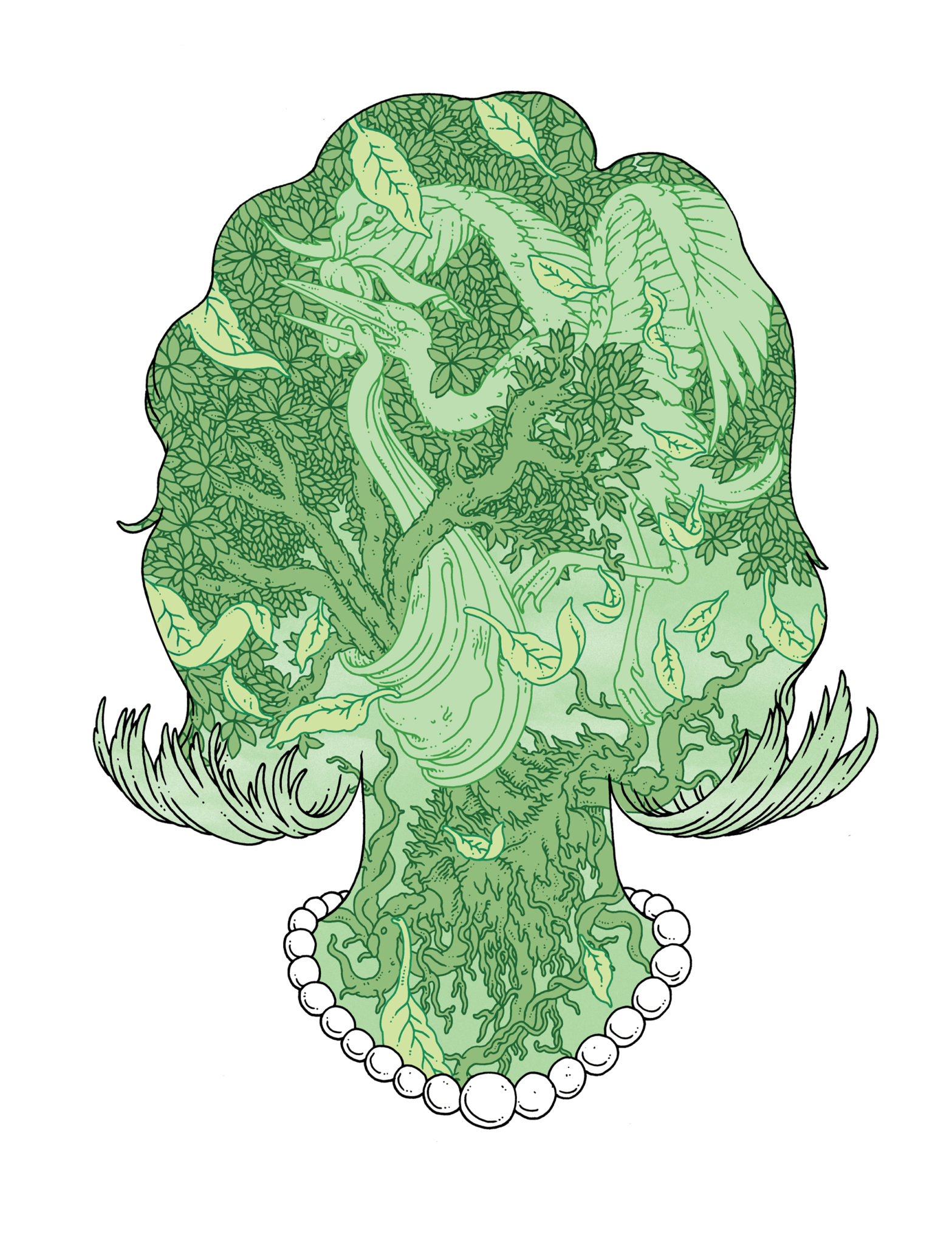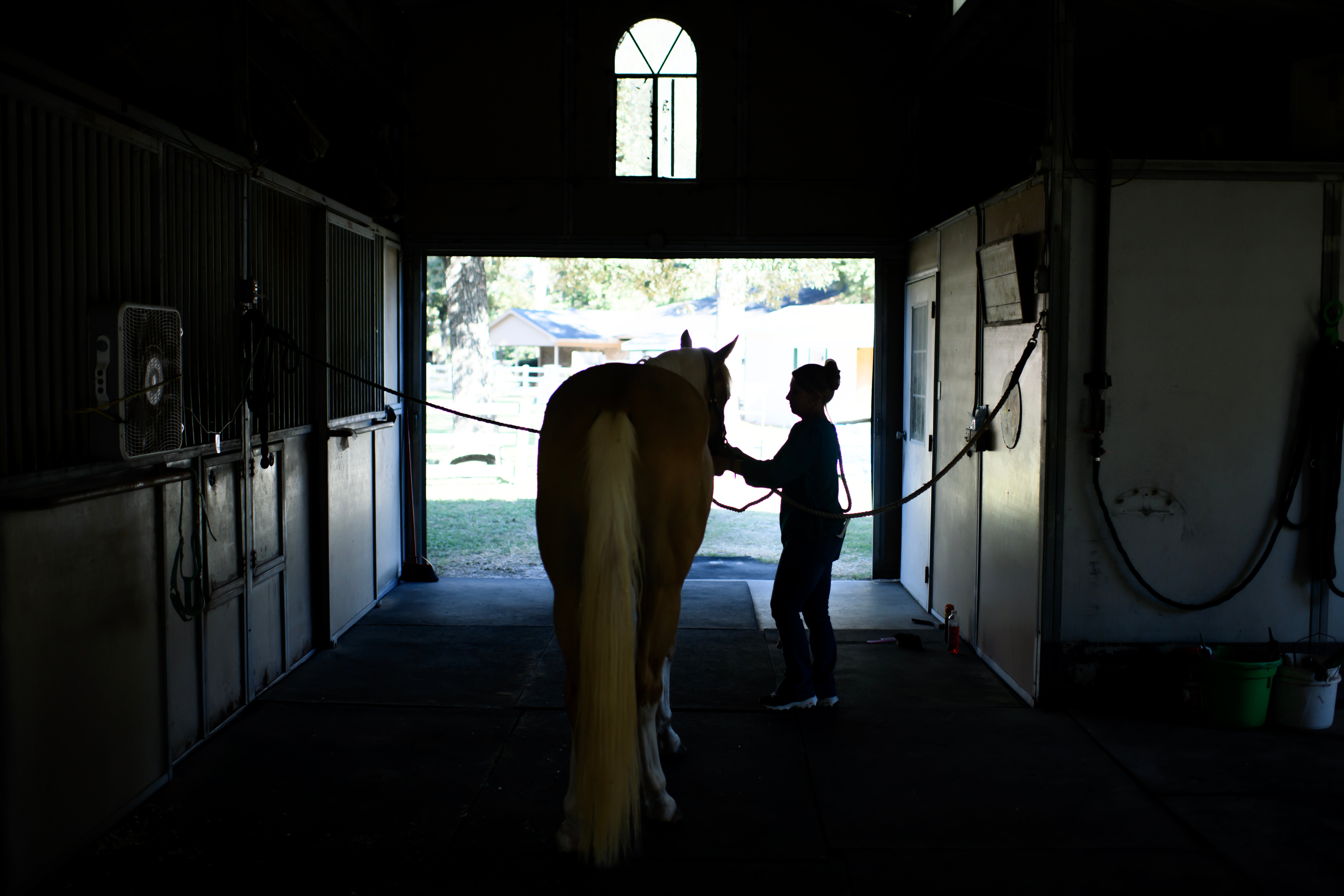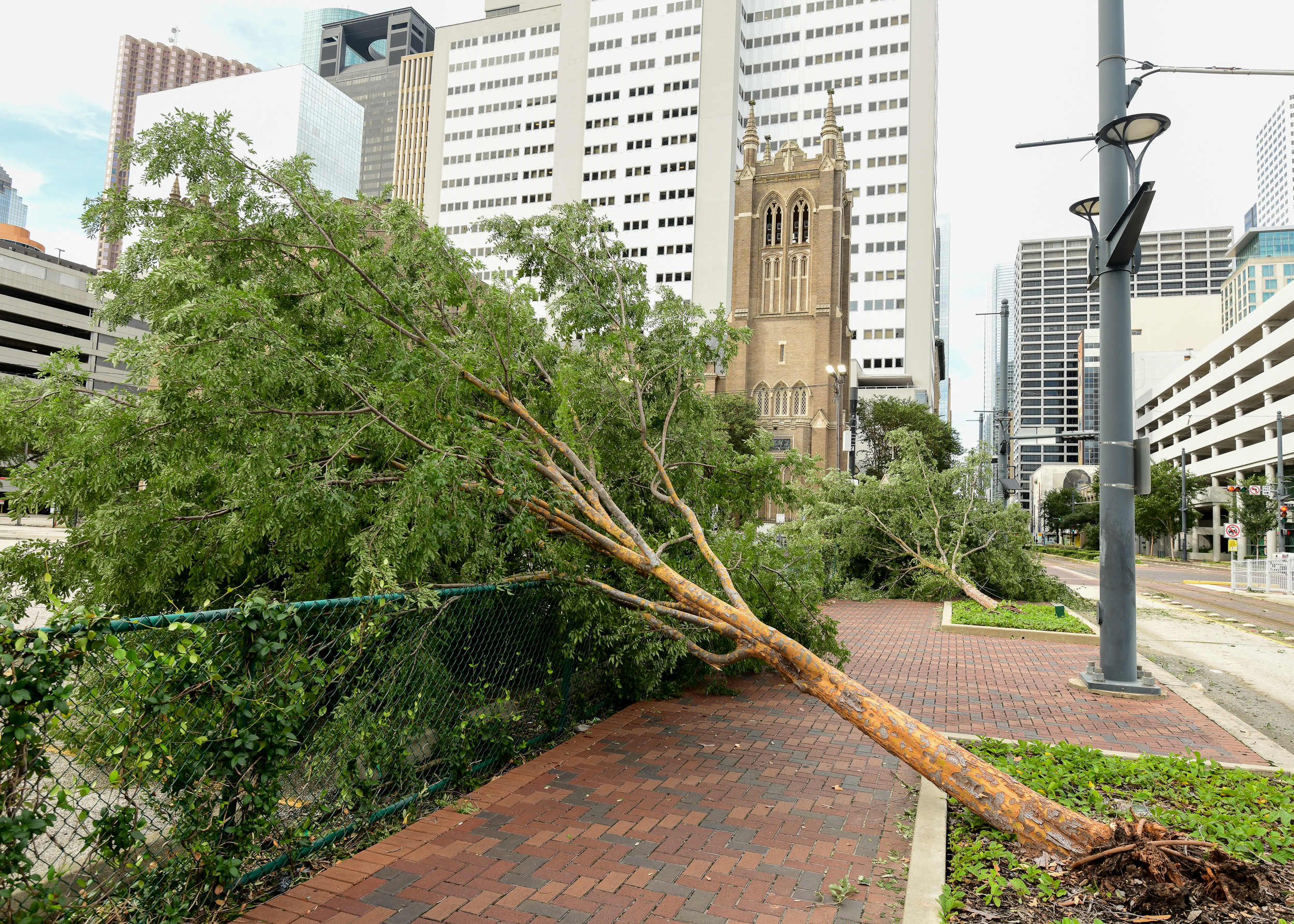
How the 1% Gardens
Somehow, airlifting a tree into place misses the point.
A version of this story ran in the February 2016 issue.
It’s an interesting time for luxury voyeurism. The obvious expressions of rare wealth — the 50,000-square-foot homes, the $250,000 cars, the private jets, the stratospheric penthouses, the monthlong trips around the globe — are, at least in terms of shock value, fading. These acquisitions have become so Disneyland-ish in their well-publicized glitz that they barely register on the over-the-top meter.
But what’s more notable, if only sociologically, is how the wealthy elite, perhaps bored with its own ostentation, has unleashed its purchasing power on the more commonplace aspects of life. Indeed, simple acts that the rest of us could feel a flash of superiority about performing are being colonized by a kind of extravagant, trickle-down consumption manifest in once-humble acts, such as gardening.
This observation came to me while running through Houston’s River Oaks neighborhood, the residential Eden of the city’s moneyed elite. You know you’re in River Oaks because pets are walked by hired help, leaf blowers provide the white noise, faux chateaux compete for manorial distinction and a private police force keeps the peace (well, actually, they pick up newspapers left out too long). But what stopped me while I was running was an activity that had never before registered, in my experience, as a spectacle: Someone was planting a tree. only the act involved an aerial lift crane, a truckload of labor and a backhoe.
The idea had never occurred to me: The super-rich generally don’t drop to their knees and plant saplings. To the contrary, they outsource photosynthesis, allowing annual tree rings to accumulate on someone else’s time, with someone else’s labor, with the nutrients from someone else’s soil. on this occasion, a fully formed willow oak protruded from a root ball the size of a large pickup truck. It swung from a crane that was slowly lowering it into an even larger hole. Six men leaned into the thing. They attempted to hold it steady while shuffling around the canyon’s edge, negotiating the precipice while pushing against the swaying heap, one terrifying misstep away from being smashed between root ball and hole. A master gardener I know (my mother) later told me, in a rather unfazed manner, that the entire operation probably cost well over $100,000.
As a rule, the indulgences of the super-rich strike me as largely personal choices. Tacky though material extravagance can be, I’ve cultivated a live-and-let-live mentality, saving myself the angst of frothing over how others choose to spend their money. But something about this brute-force gardening nagged at me, so much so that the next day I ran by the house again, only to discover that the blaze of black dirt once surrounding the freshly installed tree had been patched with sod. Every trace of the operation had been stitched up. The front yard had been given the landscaping equivalent of a top-notch facelift.
And that’s one reason why this tree bothered me. The seamless migration of a mature specimen, much like major cosmetic surgery, felt like a trick that human beings shouldn’t be allowed to pull off. The transplantation was such a crass example of manipulating nature to fulfill a weird residential aesthetic that it made an otherwise gorgeous tree seem fake. In this instance, the bold transformation of a front yard ruined the fiction that we all entertain when we experience the natural beauty in residential trees, shrubs, flowers and lawns. How could I possibly ever again look at any element within this gated-community ecosystem — some of it rather lovely — and not wonder what piece of heavy machinery answered for its existence?
So there was that. But there was also something deeper and more revealing about the tree that kept anchoring it in my mind: When you purchase a tree that’s already fully grown, you buy off years, maybe decades, of adversity. That might sound wonderful — avoiding all that inconvenience. But in The World Beyond Your Head, a recent book that makes a persuasive case for reconnecting with the tangible world (in all its messiness), Matthew B. Crawford condemns this kind of tidy outsourcing. To nurture a tree into adulthood, when considered from Crawford’s humanist perspective, is to submit to forces beyond our control and, in turn, allow a little distress to destabilize our lives. And while nobody wants to live in a state of perpetual insecurity, “it is in the encounter between the self and the brute alien otherness of the real,” Crawford writes, “that beautiful things become possible.” It’s through adversity that life accumulates meaning. Anyone who has spent any time submitting to the often-frustrating vagaries of a garden, much less training a puppy or sailing a boat in turbulent water or raising a child, can attest to what Crawford describes as the “quasi-religious feelings of wonder and gratitude” that occasionally well up in the patient soul enduring a meaningful struggle.
When you purchase a tree that’s already fully grown, you buy off years, maybe decades, of adversity.
In German, the word for “tuning” is the same word for “mood.” People’s moods, according to this linguistic hint, hinge on being attuned to the world, engaged in real experiences rather than their ersatz virtualized substitutions. Crawford, not surprisingly, is nothing short of a high priest for craft mastery, or at least embracing a hands-on project as a necessary pursuit, precisely because it is the sort of endeavor through which “we are drawn out of ourselves toward beauty.” Otherwise, we are doomed — like the woman having the willow oak airlifted into her front yard, no more in tune to its existence than I was — to standing on the sidelines taking photos with a smartphone.
The super-rich are typically portrayed as so radically different as to be a foreign species — they buy $100,000 trees, after all! The rest of us gawk and, at times, mock their pretensions. But, the ability to seek solace in prefabricated realities — especially in the virtual worlds inherent to digital life — has become a distressingly easy option for people from all classes. Why talk face-to-face when you can text? Why engage in a genuine town hall debate over gun control when you can troll around in snark-infused anonymity? Why work on intimacy with a lover when there’s porn? It’s all too easy to end up on the wrong side of these questions, because people are wired to avoid adversity and there’s an app for everything.
Going for the cheap way out of a potentially meaningful and grounded, if difficult, encounter with the actual world — not to mention the real, flawed people in it — is to disconnect from the reality under our noses, the one that imbues us with a sense of who we are. We may never be able to afford a $100,000 tree, but that doesn’t mean we’re immune to the same alienating consequences. In this respect, we’re all equal.


